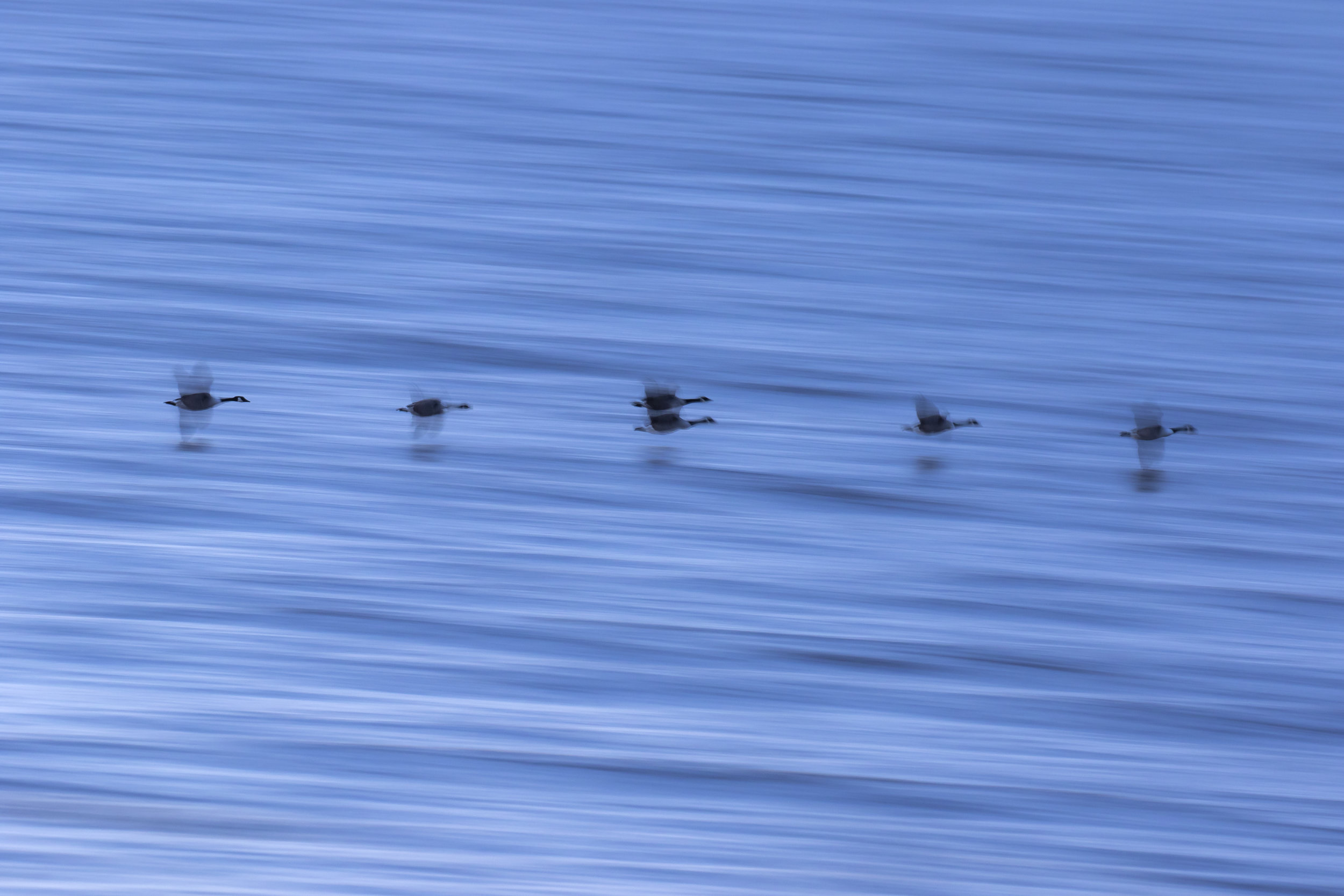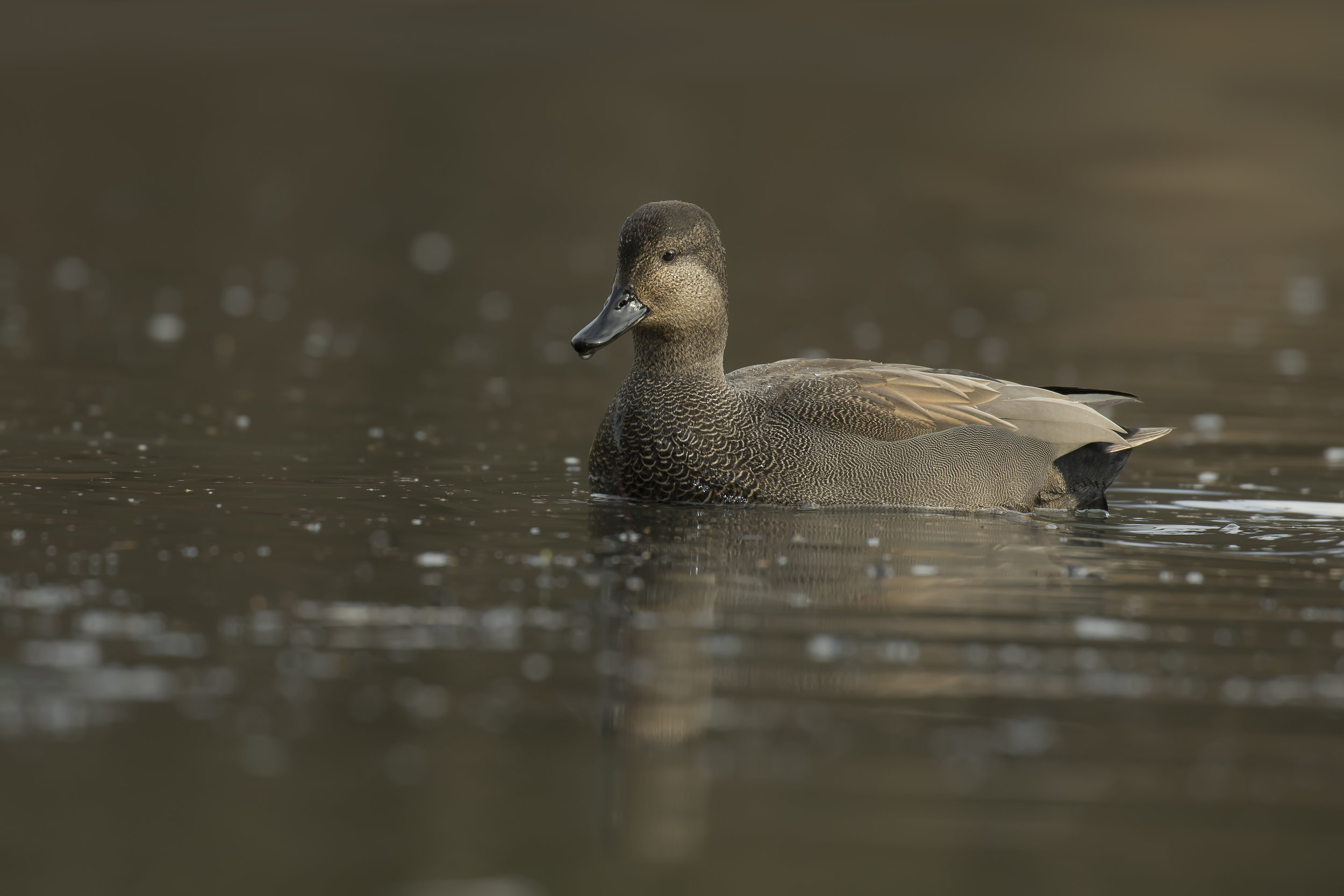You would think that the Marsh Tit would prefer Sunflower Hearts out of everything because the shells have been taken off for them which means quicker and easier access to the fat they need. This is clearly not the case so why? Well, I've also noticed that this fussy eater isn't actually eating the Black Sunflower Seeds at all... or at-least not straight away. It is cashing them in the woodland, much like Jays, Squirrels and Nuthatches, this Bird is taking all the Shelled seeds because they last much longer when stored with the shell on. Nature always lives in the moment and if a food source is found, it is taken advantage of in the most officiant way possible. Storing these seeds in their shells means that this Marsh Tit can rely on a steady food source throughout the winter and it is only taking the energy it needs in small amounts at a time. This winter is quite mild so it may have access to a stable amount of natural food as-well.
I've bigged this bird up to be very intelligent, and it is! so why aren't they doing so well? It could be that the Marsh Tit doesn't successfully find all the cashed seeds. Harsh Winters may cover the seeds over in snow or get washed away? Who knows! They may have a bad memory and may not actually find the seeds at all.. While all these factors play a part, it has to come back to habitat. So what it is about Llandegfedds habitat that is only supporting a small population of Marsh Tits? As you can see in the results above, Blue tits, Coal Tits and Great Tits are all doing really well, this is actually a problem for the Marsh Tit considering all 3 species compete for the same type of nest locations (Small holes in trees). Marsh Tits also take a long time to populate 1 area and are prone to having only 1 brood of chicks every year. By far the biggest flaw for the Marsh Tit is its loyalty to broadleaf woodland. By Loyalty I mean, they will often settle on a hospitable woodland but rarely ever leave that woodland, this means that their population isn't spreading, especially considering that most of our woodlands are staggered. This is certainly the case at Llandegfedd as connections between woodlands have been lost. This puts pressure on the Marsh Tit specifically and means that their population is stunted leaving birds like Blue Tits, Coal Tits and Great Tits to have an over-all advantage as they aren't so dependant on broadleaf woodland.
You may be looking at a mountain side in Wales and think, what is he talking about? There are trees everywhere! but I specifically mentioned Broadleaf woodlands. Having a couple acres of Coniferous woodland fragments deciduous (broadleaf) woodlands and we loose vital connections that results in suppression of specialist species.
Possible Solution?
We need to re-built connections between deciduous woodlands by either replanting or allowing areas to self seed naturally or we need to plan ahead and replant a general mixture of trees in replace of our coniferous woodlands . A mixed woodland may be all it takes to re-bridge gapes. We can also help by planting more of a mixture in our hedgerows. Not only will this create a more hospitable environment for our wildlife but it may be the only way to regain connections between woodlands. I think this is the way to go at Llandegfedd specifically and it is perfectly possible to connect the 3 of our main woodlands around the lake as we have plenty of hedgerows. Something worth thinking about and certainly something I'll be pushing for at Llandegfedd for feature restoration projects.
Thanks for reading my write up on the Marsh Tit, I'll leave you with a picture of the Black Sunflower Lover.


































